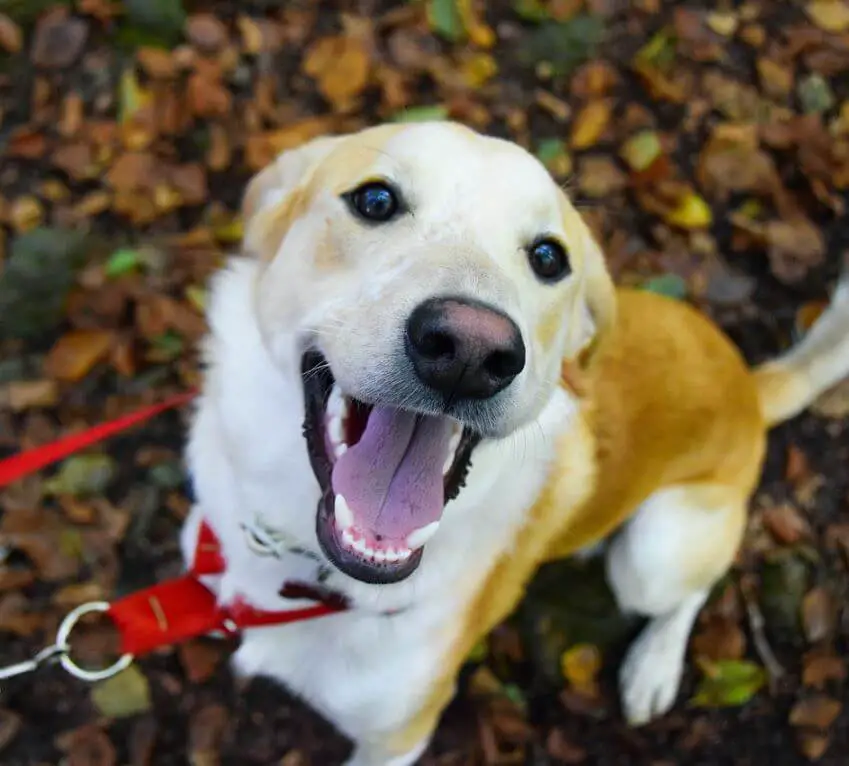Dealing with an overexcited dog can be challenging for any pet owner. Whether triggered by external stimuli or internal energy, it’s essential to know how to calm your furry friend effectively. In this guide, we’ll explore various strategies to help your dog relax and find peace.

Manage the Environment:
To start, managing the environment plays a crucial role in calming an excited dog.
- Remove Stimuli: One effective strategy is to eliminate the source of excitement. Whether it’s a noisy neighbor’s dog or lively children, relocating your dog to a quieter space can work wonders.
- Create a Calm Space: Designate a calming area for your dog, such as a cozy crate or a soft bed. Providing a safe retreat allows them to unwind and feel secure amid chaos.
Control Your Energy:
Your energy profoundly impacts your dog’s behavior, especially when they’re overexcited.
- Stay Calm: Maintain a calm demeanor and avoid adding to your dog’s excitement. Speaking in soothing tones and refraining from enthusiastic greetings can help them settle down.
- Ignore Excitable Behavior: Resist the urge to reinforce excitement with attention or affection. Instead, redirect their focus onto calming activities.
Engage in Calming Activities:
Redirecting your dog’s energy towards calming activities can effectively dissipate their excitement.
- Redirection: Distract your dog with activities they enjoy, such as chewing on a favorite toy or practicing obedience commands like “sit” or “stay.”
- Calming Brushing: Gently brushing your dog not only promotes relaxation but also strengthens your bond with them.
- Mental Stimulation: Engage your dog’s mind with short training sessions or puzzle toys to redirect their energy in a constructive manner.
Consider Calming Aids:
In some cases, additional aids may be beneficial in calming an excited dog.
- Calming Treats or Supplements: Explore natural supplements containing ingredients like L-theanine or chamomile, known for their calming effects. Always consult with your veterinarian before introducing new supplements.
- Music Therapy: Experiment with soothing music or specially curated playlists designed for dogs, which can have a calming influence on their mood.
Important Considerations:
As you work to calm your dog, keep these important considerations in mind:
- Identify Underlying Causes: Persistent excitement may indicate underlying medical issues or anxiety. Consult with your veterinarian to rule out any health concerns.
- Tailor Techniques: Every dog is unique, so tailor your calming strategies to suit your pet’s individual personality and triggers.
- Seek Professional Help: If you’re struggling to manage your dog’s excitement, seek guidance from a certified dog trainer or animal behaviorist for personalized assistance.
Conclusion:
By implementing these strategies and remaining patient and consistent, you can help your dog navigate moments of excitement and return to a state of calmness and relaxation. Remember, understanding your dog’s needs and providing positive reinforcement are key to fostering a harmonious relationship.
